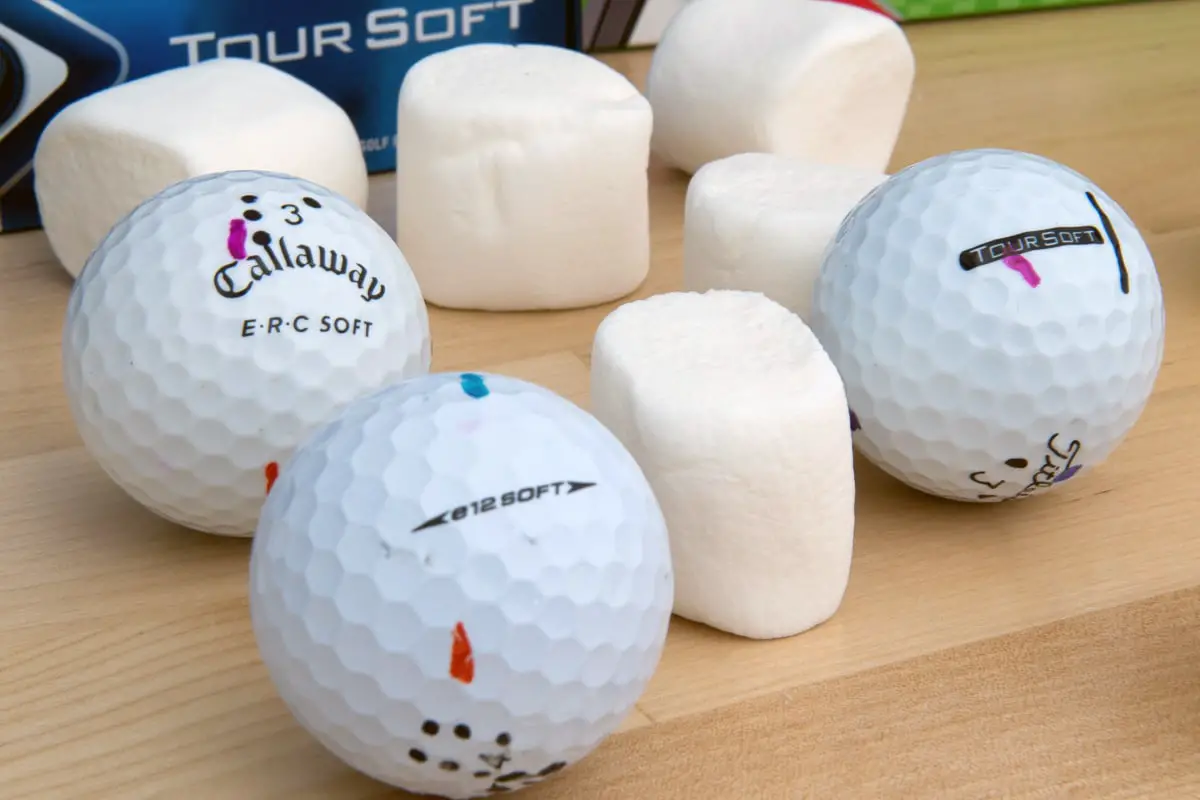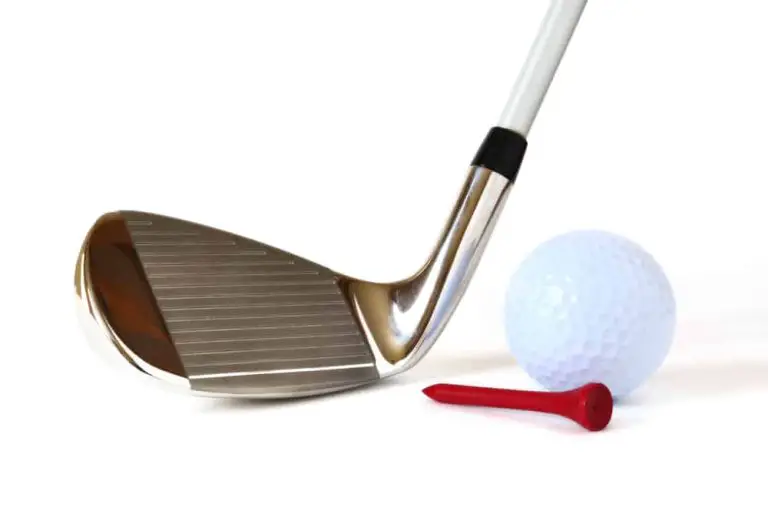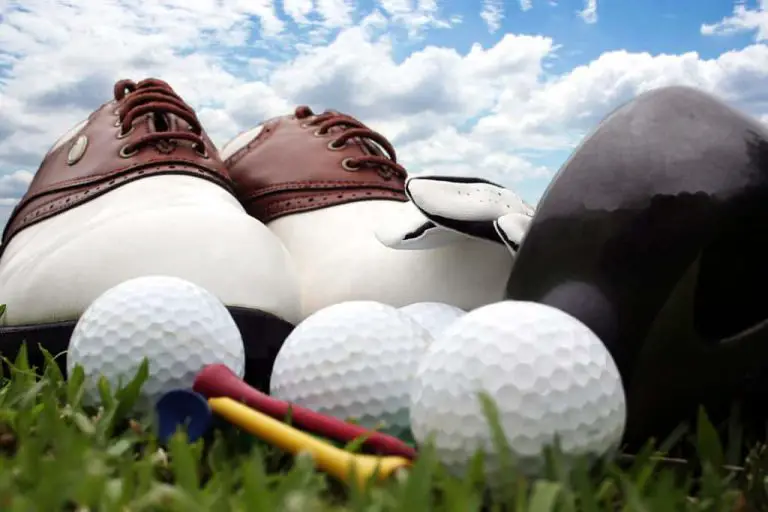Do Soft Golf Balls Go Further

Golfers are always looking for ways to improve their game, and one of the questions that often comes up is whether soft golf balls go further than their harder counterparts. This topic has been the subject of debate for years, with golfers and experts offering their own opinions and evidence to support their claims.
The science behind golf ball compression plays a significant role in distance and overall performance. When a club strikes a golf ball, the ball compresses and then decompresses, creating a transfer of energy that propels the ball forward. The amount of deformation a ball undergoes when it is struck is determined by its compression rating.
Soft golf balls are typically made with a softer, more pliable material, and tend to have a lower compression rating, while hard golf balls are traditionally associated with greater distance and accuracy, and tend to have a higher compression rating. But does this mean that soft golf balls actually go further than hard golf balls?
In this article, we will explore the question of whether soft golf balls go further, examining the science behind golf ball compression and analyzing research studies and experiments on the topic. We will also discuss the factors that can affect golf ball distance and help you determine the best golf ball for your game.

What is Golf Ball Compression?
Before we delve into the question of soft vs. hard golf balls, it’s important to understand golf ball compression. Compression refers to the amount of deformation a golf ball undergoes when it is struck by a golf club. When a club strikes a golf ball, the ball compresses and then decompresses, creating a transfer of energy that propels the ball forward. The amount of deformation a ball undergoes when it is struck is determined by its compression rating.
Golf ball compression is measured in a range from 0 to 200, with 0 being the softest and 200 being the hardest. The compression rating of a golf ball refers to how much it compresses when struck by a club with a specific swing speed. For example, a golf ball with a compression rating of 80 will compress more than a ball with a rating of 100 when struck by a club with a swing speed of 100 miles per hour.
Hard vs. Soft Golf Balls
The debate between hard and soft golf balls has been ongoing for years, with both sides having their own arguments and evidence to support their claims. Hard golf balls have traditionally been associated with greater distance and accuracy, while soft golf balls are believed to offer better feel and control.
Hard golf balls are typically made with a solid or liquid core surrounded by multiple layers of materials, such as rubber and plastic. These layers are designed to create a more rigid structure that allows for greater transfer of energy from the clubface to the ball. Hard golf balls also tend to have a higher compression rating, which means they are less likely to deform when struck by a club.
On the other hand, soft golf balls are typically made with a softer, more pliable material, such as urethane. Soft golf balls tend to have a lower compression rating, which means they deform more when struck by a club. This deformation can result in a longer “dwell time” on the clubface, which can translate into more distance.
Do Soft Golf Balls Go Further?
The idea that soft golf balls go further than hard golf balls is a common myth that has been perpetuated for years. However, research studies and experiments have shown that there is no significant difference in distance between soft and hard golf balls.
One study conducted by the USGA (United States Golf Association) found that there was no significant difference in distance between soft and hard golf balls when hit with the same swing speed and launch conditions. Another study conducted by Golf Digest found that soft golf balls actually traveled shorter distances than hard golf balls in some cases.
While golf ball compression does play a role in distance and performance, there are many other factors that can affect how far a golf ball travels. Swing speed, launch angle, spin rate, wind, temperature, and altitude all play a significant role in golf ball distance. Choosing the right golf ball for your game depends on a variety of factors, including your swing speed, the courses you play, and your personal preferences.
Choosing the Right Golf Ball
Choosing the right golf ball for your game can be a challenge, but understanding the science behind golf ball compression and distance can help you make an informed decision. When choosing a golf ball, it’s important to consider factors such as your swing speed, the courses you play, and your personal preferences. If you have a faster swing speed, you may benefit from a harder golf ball that can handle the higher impact. If you have a slower swing speed, a softer golf ball may help you achieve better distance and control.
It’s also important to consider the course conditions you typically play in. If you play on courses with hard, fast fairways, a harder golf ball may be a better fit. If you play on courses with softer fairways, a softer golf ball may be more beneficial.
Ultimately, the best way to determine which golf ball is right for you is through testing and experimentation. Many golf stores and driving ranges offer the opportunity to test out different golf balls, allowing you to see firsthand how each one performs with your swing.
Conclusion
The question of whether soft golf balls go further than hard golf balls is a common one, but the evidence suggests that there is no significant difference in distance between the two. Golf ball compression does play a role in distance and performance, but there are many other factors that can affect how far a golf ball travels.
When choosing a golf ball, it’s important to consider factors such as your swing speed, the courses you play, and your personal preferences. Testing and experimentation can help you find the right golf ball for your game.





